Lighting the way
In Kentucky, we’re pretty crazy about tomatoes. Each year, we drool with anticipation as we wait for late July when the first tomatoes are ready for harvest. In fact, it’s not uncommon for the eldest child - or the newlywed couple - in the family to receive the honor of enjoying the first, juicy tomato each year as a gift.
Traditionally, we’d have to wait all year for the plants to soak up enough light to bear fruit, but not anymore. At KFH, we use a combination of LED and HID lighting to facilitate growth at each stage of the plant’s development and extend crop cycles from a few short months to an entire year.
These lights, selected by our horticultural team, rain down photons in specific wavelengths and intervals which allow the plants to grow as if it were a summer’s day all year long. On the darkest days, we even inject CO2 captured from our heating system into the space to boost photosynthesis and increase natural production of sugars in the plant! It’s just another way we’re working to move farming
to a brighter future.



























